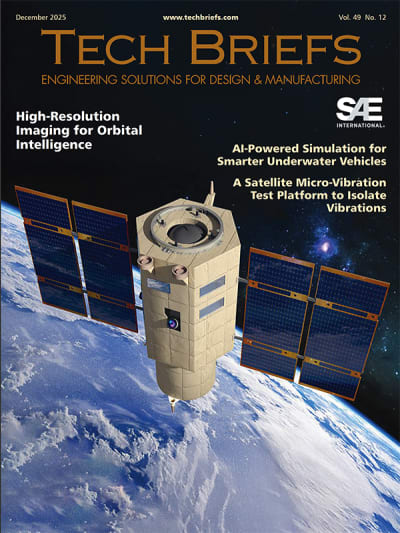Building a Safer AV
Chris Gerdes, Stanford Professor of Mechanical Engineering, emeritus, and some of his PhD students talk about their AV-safety-improving work.
Learn more about The Center for Automotive Research at Stanford and their mission to make vehicles safer for everyone.
Transcript
00:00:01 (gentle upbeat music) - So I believe that our students at Stanford have ideas in their head that can change the future of transportation but it's highly likely those ideas stay in their head unless they have the opportunity to get them out on the road and that really is the purpose of this lab, to try to reduce the amount of time between a student having an idea in their head
00:00:30 and test driving it out on the road or the racetrack. - The ultimate vision of the types of research questions we ask here and the types of developments we make is to design controllers that improve the safety of the next generation of automated vehicles. We'd like to design controllers that can stabilize cars right before they lose control and avoid accidents right before they happen on a broad scale that impacts all of us
00:00:53 who are on the roadways. - Everyone in our lab is trying to make driving safer and specifically I am doing that by looking at drifting and being able to do that autonomously, so in the most extreme driving scenarios, your car will be able to maintain control of its velocity, position, even while it's going sideways. - There are a lot of cases where people are tired, distracted, otherwise unable to safely operate a vehicle and by helping them out and making their car safer,
00:01:24 we can prevent fatalities on the road and also make driving a much more enjoyable experience. - My favorite part of our work is the simulations, the stuff that happens behind the scenes, but the most exciting part is when we take the cars out to the track and get to see them perform in real life and that's not easy though, it takes a lot of work. So we have to trailer the cars, we have to drive a few hours. - We have to make sure that the battery pack
00:01:48 on the car is charged, we check all of the bolts and different mechanical assemblies to make sure the car is safe for us to drive and we need all of our computers, GPS and sensors to be up and running. In order to test these driver assistance systems it's really helpful to place the driver in a virtual environment, so we have them put on a virtual reality headset
00:02:09 and view a world that looks just like the real test track, except in this case, we can safely put other road users, for example, vehicles and pedestrians into the scene so we can get naturalistic driving behavior while also testing on a real vehicle. - I've always enjoyed doing dynamics and controls, that was always my favorite area of engineering and when I came to Stanford, I was interested in finding a way to apply that
00:02:35 that was meaningful to me and this idea of making cars safer, I get in a car almost every day and I want the cars that I get in and all the cars that drive around me on the roadways to be safe. Especially as a new mom, safety is something that's so important to me and so this lab, their mission of making vehicles safer for everyone
00:02:53 is something that really means a lot to me. - I'm very motivated by the fact that we could be putting new technology on the road in the near future, especially with driver assistance systems that are increasingly prevalent on cars today. - So we spend a lot of time out on the racetrack trying to make sure that we can have cars move in exactly the way that we want them to move. And one of the questions that comes up naturally is,
00:03:18 well, how do we want them to move? And how do we want them to move in situations that could be dangerous, that could be emergencies, that could result in crashes regardless of what we do and pretty soon the engineers start to realize that this goes beyond engineering and really hits issues of the law, it hits issues of ethics and we need more than just the mathematics and science of our engineering training to be able to answer these questions.
00:03:47 Hopefully we bring all of these aspects together when we're training students and when we're pursuing these research directions. (gentle upbeat music continues)

